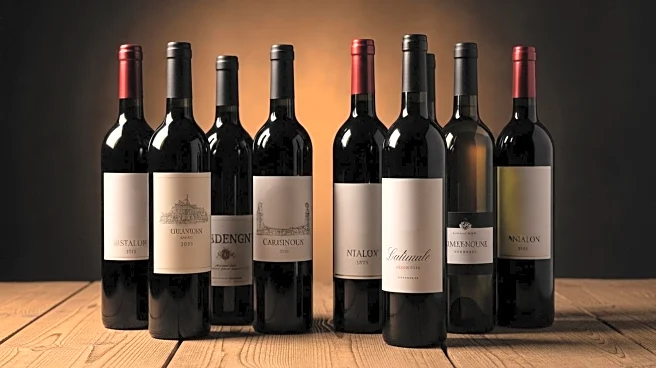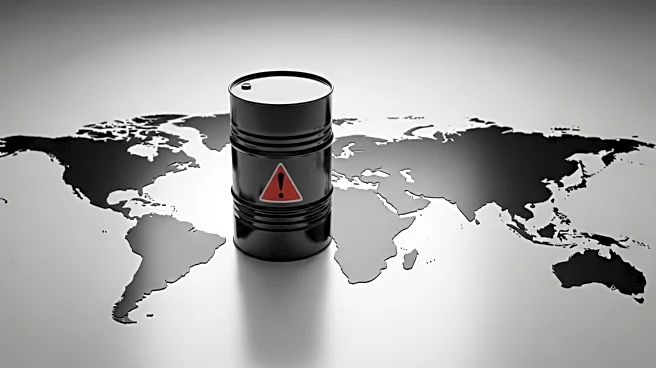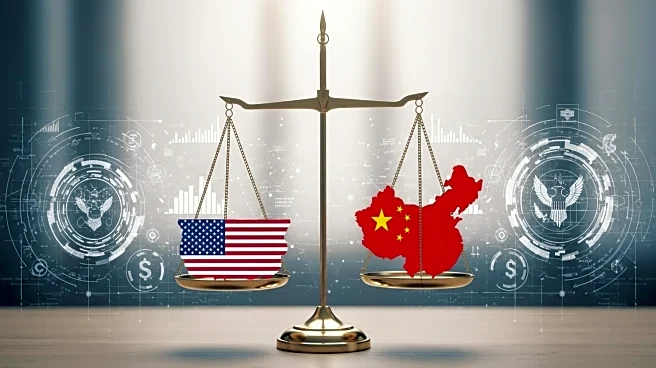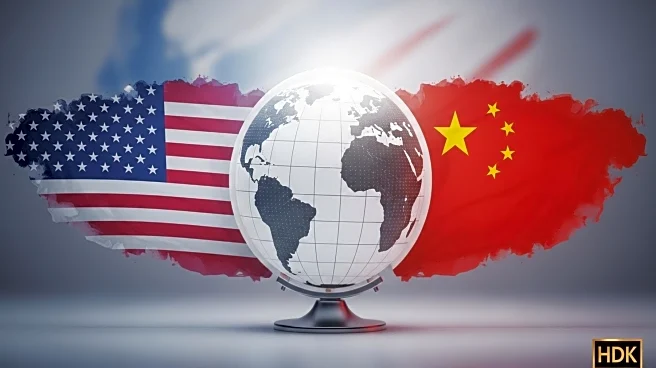What is the story about?
What's Happening?
The Trump administration's tariffs on European wines are affecting U.S. winemakers by disrupting their distribution networks. The tariffs, intended to protect domestic producers, have inadvertently strained the three-tier distribution system that U.S. winemakers rely on. This system involves producers selling to distributors, who then sell to retailers and restaurants. European wines, which previously entered the U.S. tariff-free, now face a 15% levy, impacting the margins that distributors earn. This situation is challenging for U.S. winemakers, who depend on the distribution of European wines to sustain their business operations.
Why It's Important?
The tariffs have significant implications for the U.S. wine industry, which is already operating on thin margins. By increasing costs and creating market uncertainty, the tariffs threaten the viability of U.S. winemakers and distributors. The disruption in the supply chain could lead to higher prices for consumers and reduced availability of certain wines. Additionally, the tariffs highlight the broader economic tensions between the U.S. and Europe, as the wine industry becomes a pawn in larger trade negotiations. The situation underscores the need for regulatory reforms to support domestic producers.
Beyond the Headlines
The tariffs reflect a broader trend of using trade policies as leverage in international negotiations, often at the expense of smaller industries. The U.S. wine industry, lacking significant political influence, faces challenges in advocating for its interests. The situation also raises questions about the sustainability of the current distribution model and the potential need for regulatory changes to allow more direct sales. The cultural significance of wine in both the U.S. and Europe adds another layer of complexity to the issue, as stakeholders navigate the economic and political landscape.
AI Generated Content
Do you find this article useful?













